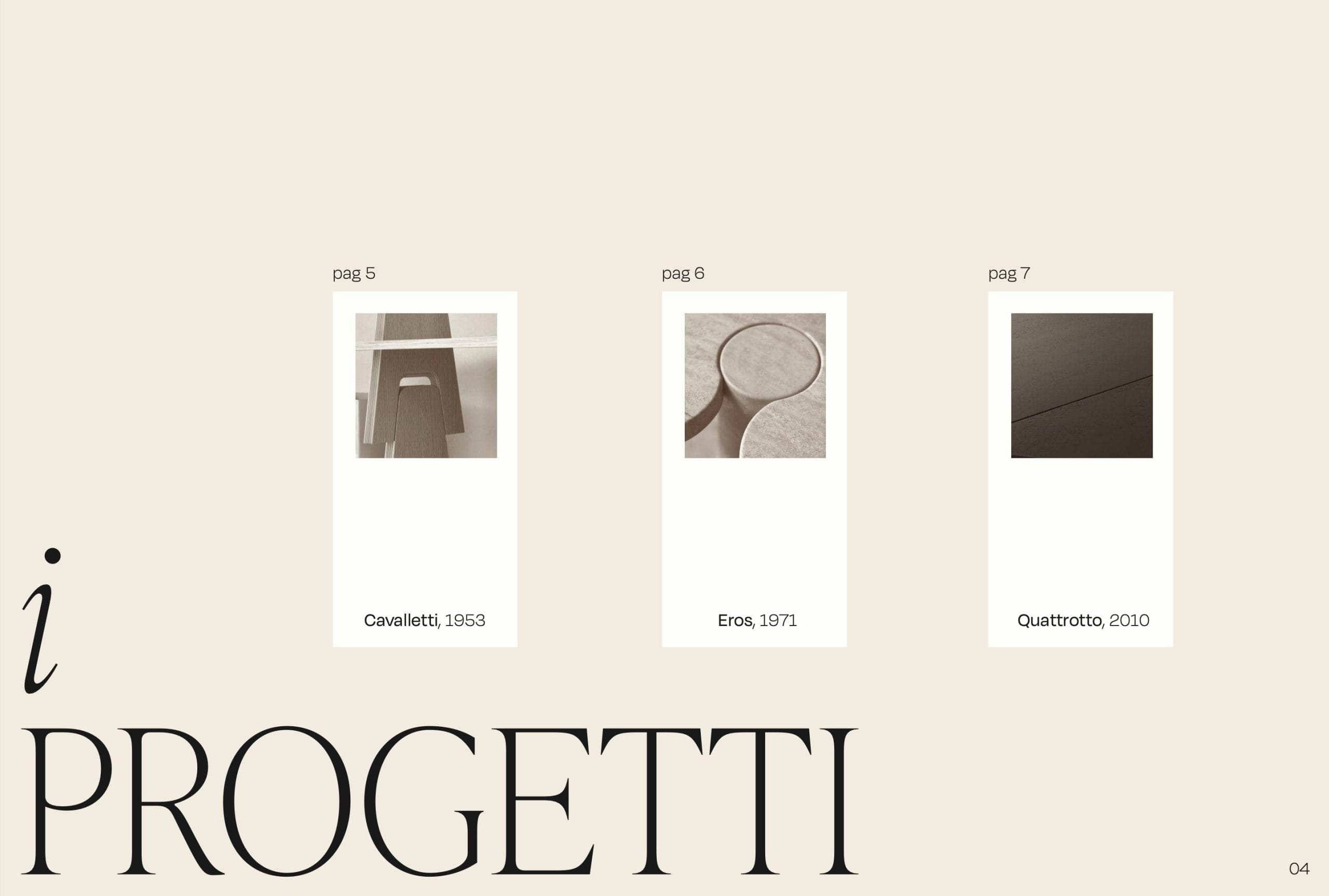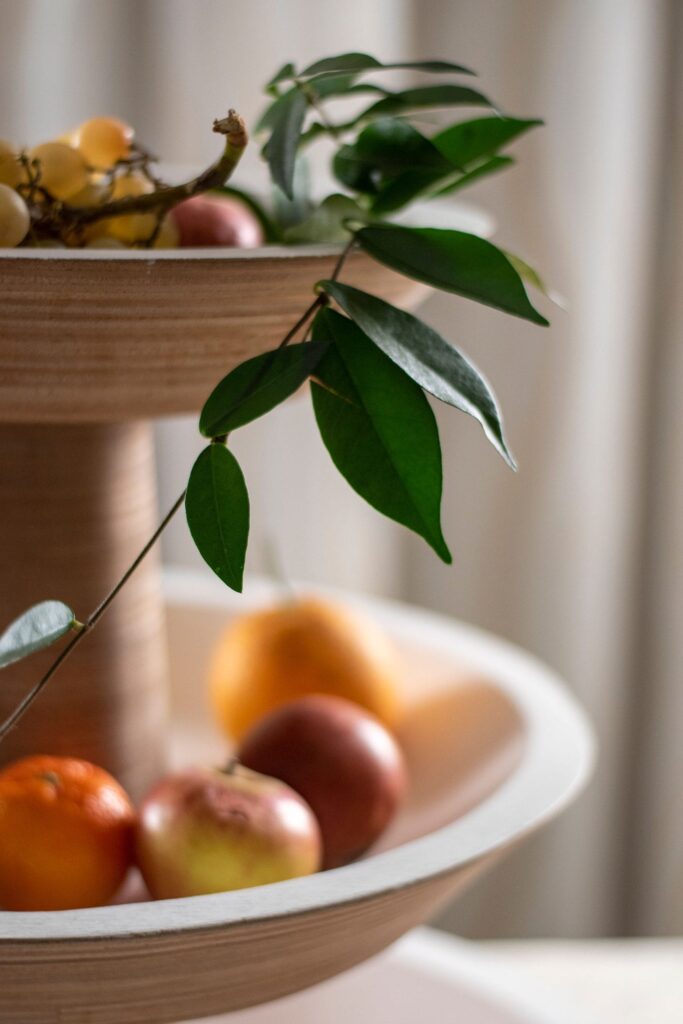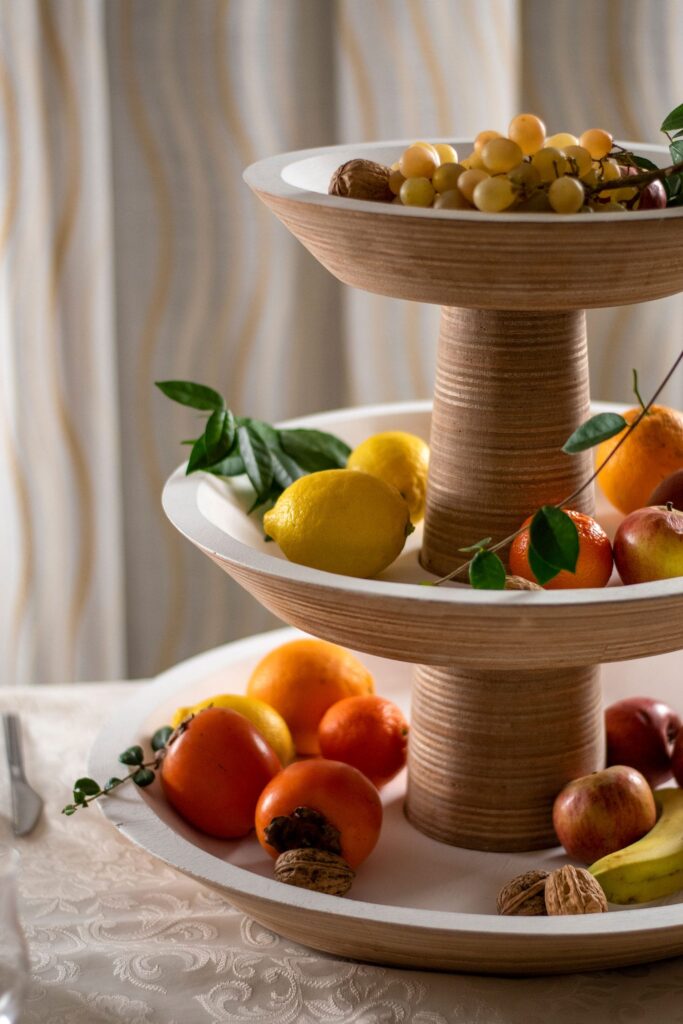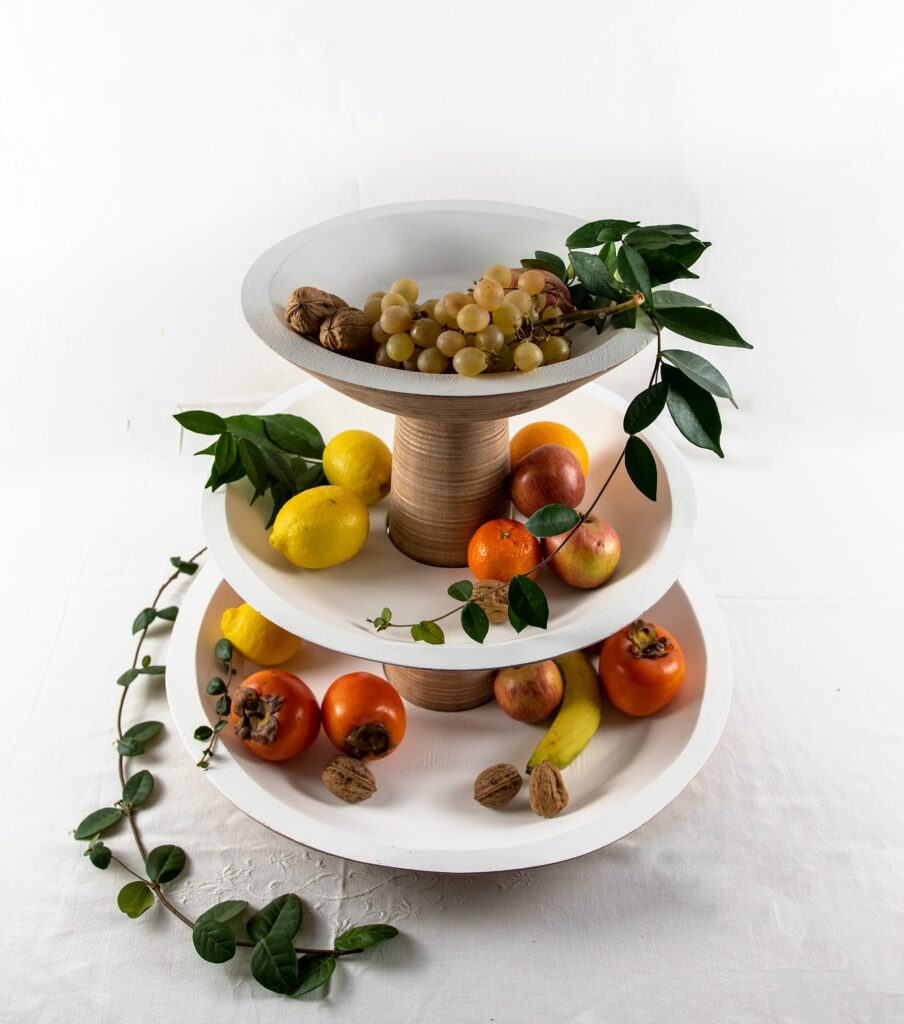Woodstock
Course:
Product Design 2
Lecturer:
Cesar Arroyo
Year:
Second year
Students:
Elisa Bergamo,
Camilla Bertazzo,
Leonardo Buranello,
Alessandro Zanella
Project
Demetra is a fruit holder developed by second-year students during the “Product Design 2” course.
It combines some distinctive features of three objects designed by Angelo Mangiarotti: Cavalletto, Eros and Quattrotto. In particular, of the former it takes up the aesthetics of multilayer wood, of the latter the totemic form, and of the third the ability to adapt to different conditions.


The designer, Achille Castiglioni
He is known primarily as a designer, urban planner, and academic. One of the most important figures in the field of architecture and urbanism, particularly that of Italy and the United States (with experiences he also had in Japan, from which he drew a working method and knowledge that would influence his design).
He was among the internationally most important figures in Italian industrial design, and among the founders of ADI. Toward the end of his career he became interested in manual sculpture, an art from which he would learn to shape the material(s) and enhance them to engage the emotional sphere. He contributed with many important Italian furniture companies, one above all Agape Casa, but also automotive companies such as the Italian Alfa Romeo.
He had a vision of architecture and design as practical, sober and functional “arts,” in that he considered exclusively the production of the necessary, that is, what people needed for moral and physical simplification, in daily life.

Demeter, fruit holder

A fruit stand built in honor of Angelo Mangiarotti, echoing his design philosophy.
From Cavalletti, it takes the concept of multilayer, that is, being constructed by thin layers/layers and the repetition of a geometric pattern with the possibility of being used in more than one area, not necessarily the home. From the Eros collection, it draws the royalty given by this totemic form that is articulated in space; from Quattrotto, on the other hand, it assimilates the capacity, in that the object is composed of three vases that are proportionally different from each other, so as to accommodate more quantities of fruit inside if necessary.
The constituent material is Okumè wood, which lends itself very well to being waterproof and therefore suitable to accommodate any type of fruit or food , even when overripe. The grain of the material, create when placed in contact with each other, a perception of continuity, an aspect most similar to the philosophies of Angelo Mangiarotti, as well as the production of the necessary.

